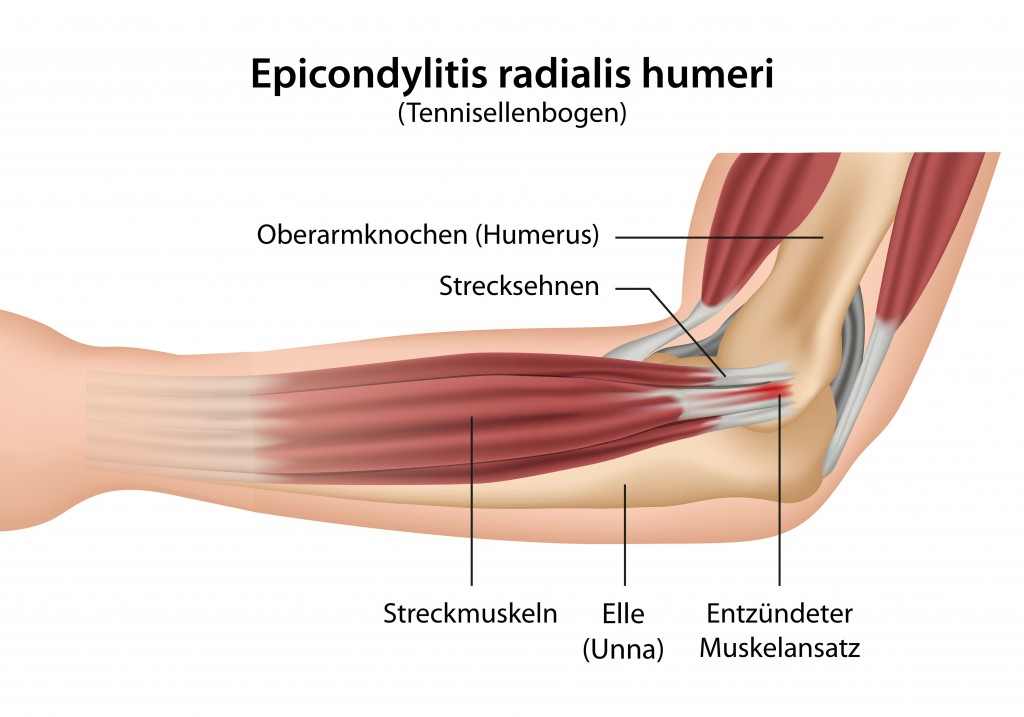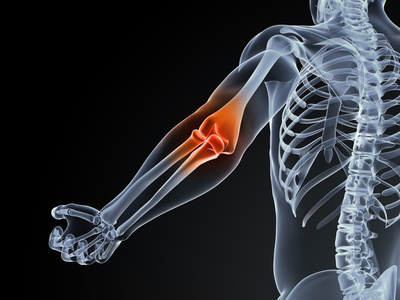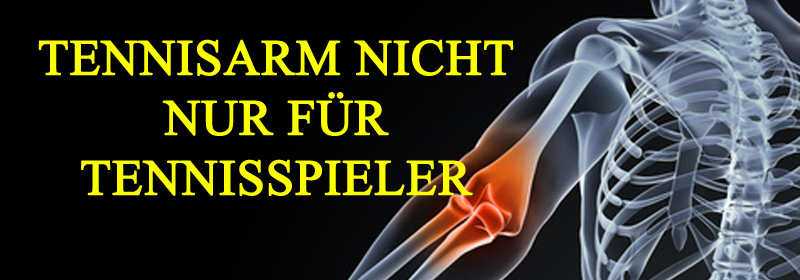In this article you will read what you need to know about elbow pain. About the development, causes, therapy and prophylaxis of tennis elbow, so that tendonitis does not hinder your progress in training.
TENDINITIS (tennis elbow) as the name suggests is an inflammation of the tendon due to overload. TENDO - tendon, ending “- ITIS” always means inflammation.
 The biceps is made up of two muscles: the long and short head. In order to fully develop the biceps, you should include different exercises and angles in the training program.
The biceps is made up of two muscles: the long and short head. In order to fully develop the biceps, you should include different exercises and angles in the training program.
This includes:
- Scott-Curls
- Dumbbell curls on the incline bench
- Standing barbell curls
- Hammercurls
- other Curl Variants
Having a basic understanding of biceps anatomy and how to properly complete different versions of the bicep curl is important in reducing the risk of injury to the biceps.
The constant repetitions represent an increased risk of injury if no precautionary measures (e.g. changing the training program) are taken.
According to Jeff Fujimoto, director of rehabilitation at a California hospital, biceps tendonitis is quite common among weight training injuries.
Contrary to popular belief, pain is usually not felt along the base of the biceps at the elbow joint. Rather, it can be felt at the origin of the long biceps head at the shoulder joint.
Jeff Fujimoto says injuries to the long biceps head (compared to the short head) are more common. Because of a wrong lifting mechanism when completing; Curls, constant stretching of the muscle with excessive weight in advance or an incorrect shoulder mechanism as a result of other shoulder problems (for example, tendonitis of the rotator cuff).
WHAT IS A ROTATOR CUFF?
The shoulder joint is mainly stabilized and moved by the 4 tendons of the so-called rotator cuff. These tendons run directly around the joint in a narrow bony canal between the head of the humerus and the roof of the shoulder.
 Another reason can also be a weak one Rotatorenmanschette which forces the long head to do more work by stabilizing the shoulder joint. Regarding one Biceps tendonitis Fujimoto has often made the following experience: As soon as the long head is irritated, other exercises such as shoulder and bench presses are at risk. Because of the loads that are then exerted on the long head.
Another reason can also be a weak one Rotatorenmanschette which forces the long head to do more work by stabilizing the shoulder joint. Regarding one Biceps tendonitis Fujimoto has often made the following experience: As soon as the long head is irritated, other exercises such as shoulder and bench presses are at risk. Because of the loads that are then exerted on the long head.
What you and don't do at the gym can greatly increase the risk of injury from this type of exercise Tendinitis contribute.
In our tabular overview "Preventive training tips against biceps tendonitis" Here are a few guidelines that you should know and follow if you experience pain that interferes with your biceps exercise.
WHAT TO DO WITH TENDINITIS OF THE BICEPT TENDON?
Avoiding biceps tendonitis through preventative and judicious exercise is the best practice. However, if the inflammation does occur, it is best to avoid intermittent movements that cause sharp pain in the tendon. Chill the area with ice for 15 minutes (preferably with your arm extended), take anti-inflammatories like ibuprofen as directed, and do light stretches on the tendon. As soon as the pain subsides, you can slowly incorporate biceps exercises that do not pre-stretch the long head into the program (for example exercises for the short head, such as Scott curls). If the pain persists, seek advice from a sports doctor, physiotherapist, or certified sports trainer.
IMMEDIATE MEASURES AGAINST TENDINITIS
- Reduce stress
- Cool with ice
- anti-inflammatory drugs as needed
- light stretching
PROPHYLAXIS AGAINST ELBOW TENDINITIS:
- Warm up the muscles thoroughly before training
- Do more than one exercise for biceps to activate various auxiliary muscles
- always train with the correct technique
- Warm up the rotator cuffs and shoulder muscles before training the biceps
- reduce strain in the case of slight pain in the elbow area
